We have configured SFML in macOS, now we’re going to configure OpenGL with macOS and Xcode.
First, you need to install GLFW
brew install glfw
Then, you need to download GLAD to get the OpenGL headers: Use gl version 4.1 if you want to be compatible with macOS and in Profile select Core. Click in Generate. Download the glad.zip and unzip in your Download folder.
Once you are downloaded and unzipped the folder, put the glad and KHR folders in the /usr/local/include directory of your mac.
Creating the Xcode Project
After installed GLFW and downloading the glad files, is time to create the XCode project.
Create a new Project and select macOS, then Command Line Tool, finally click on Next
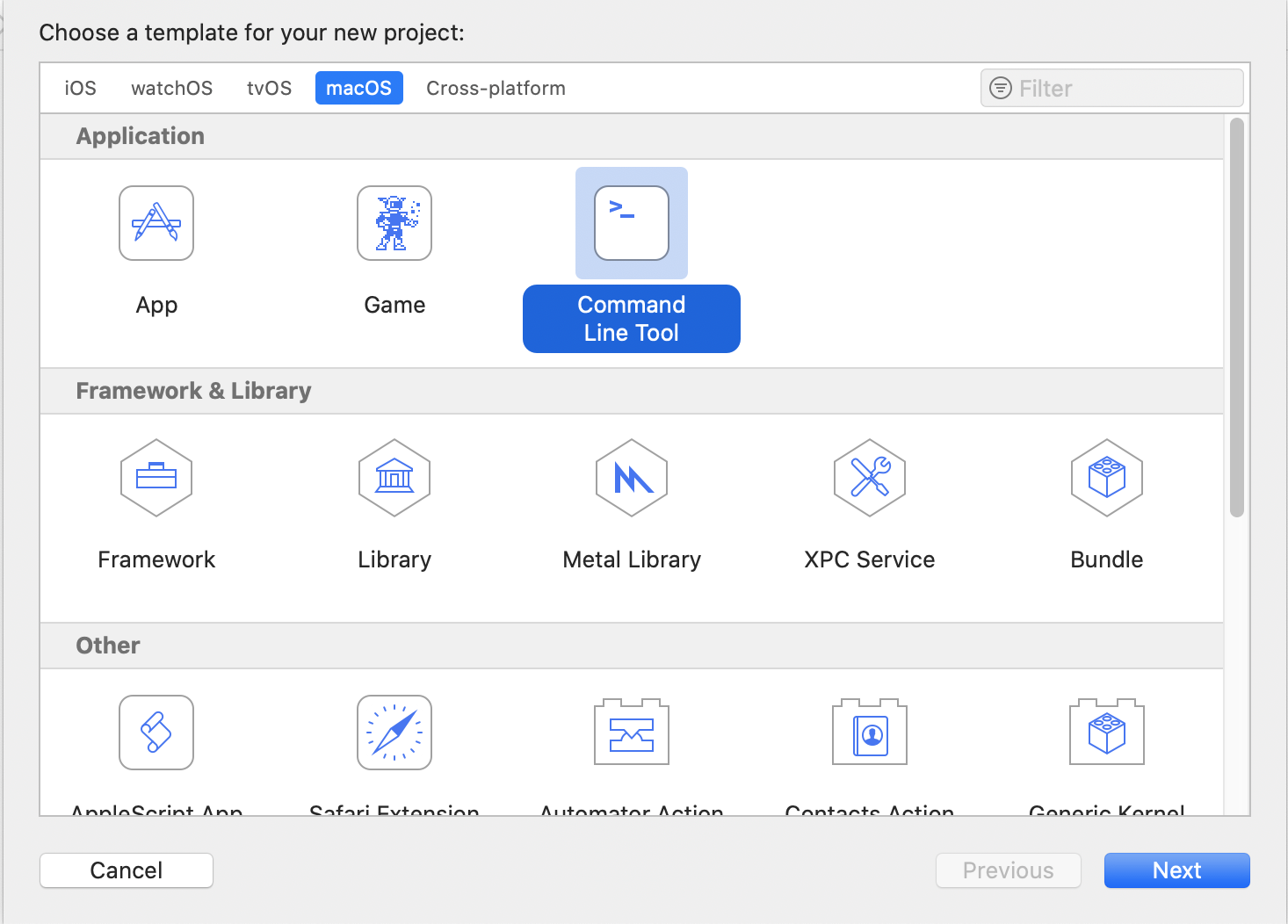
Then, put a name to your project and select C++ as language, next and save the project
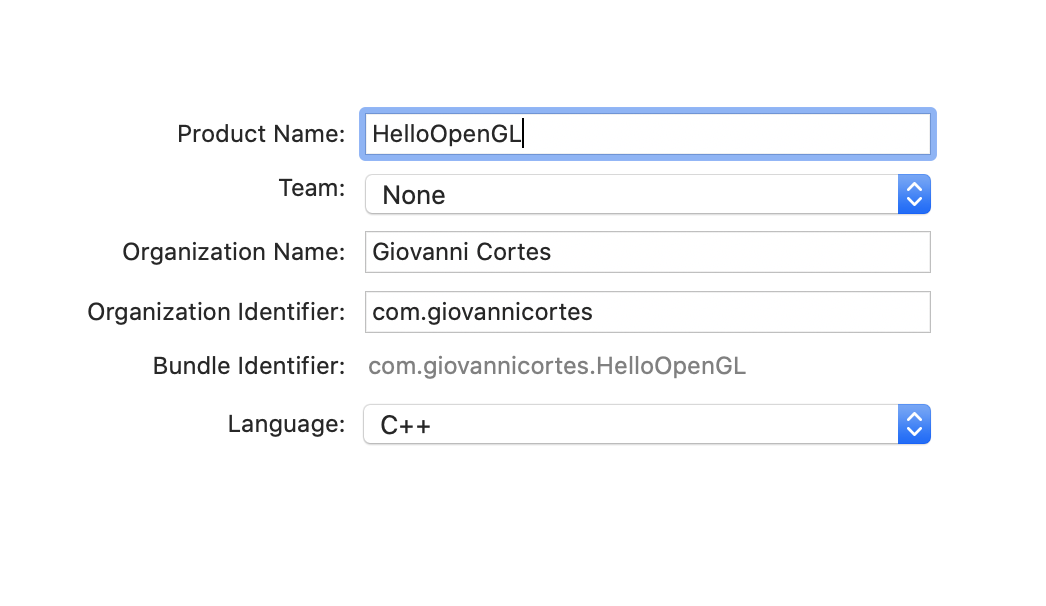
In the zip that you downloaded, you will have a glad.c file, add that file to your project
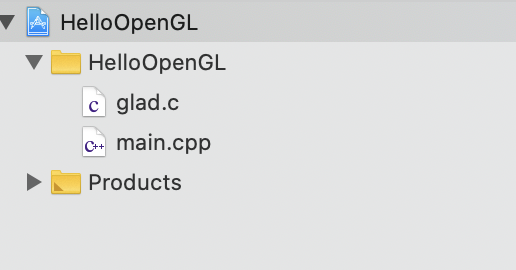
We need to configure Xcode to find the libraries that we added, so in your Xcode, select the Project Target and then Build Settings and in Header Search Paths add /usr/local/include
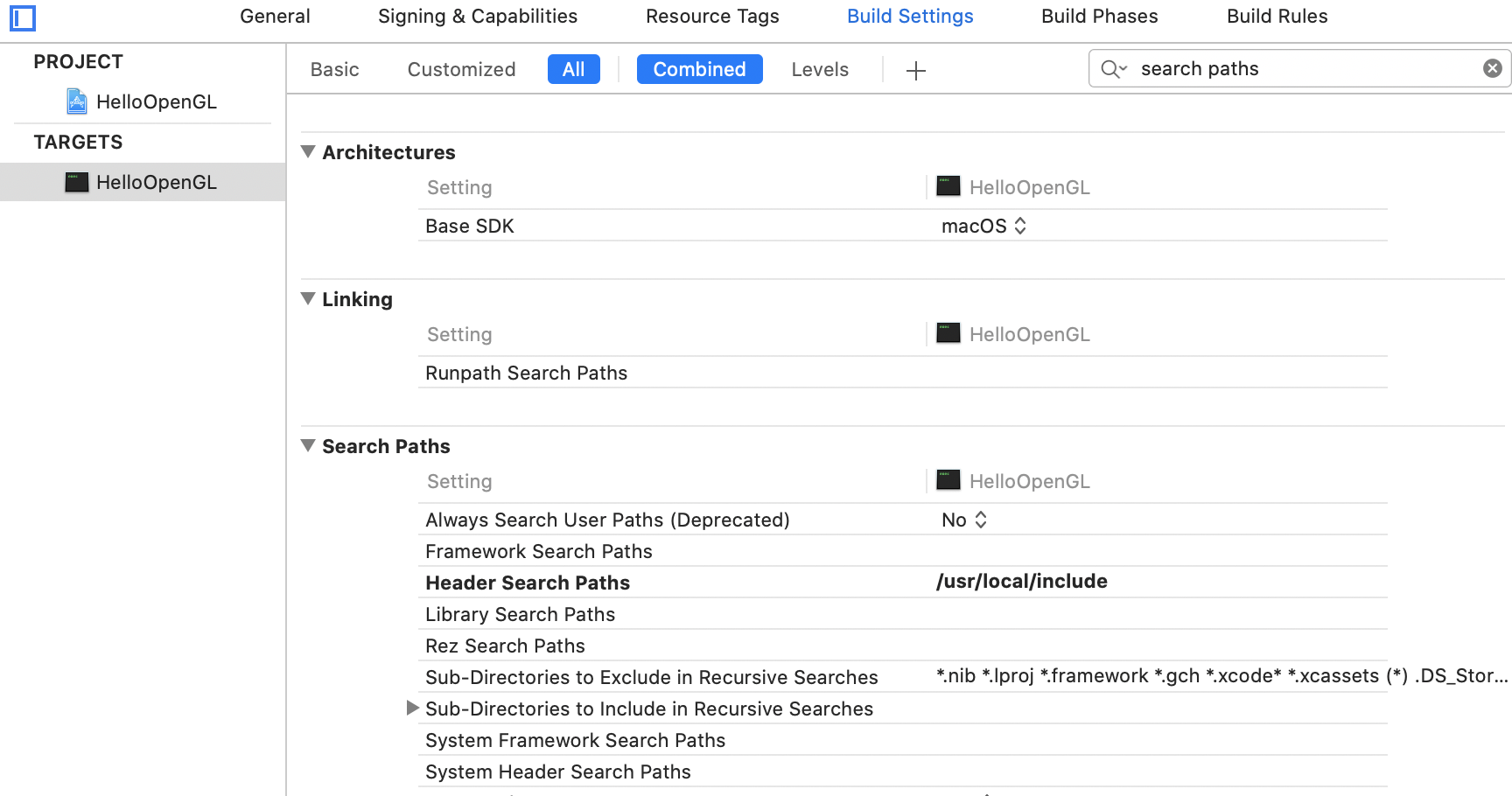
Now, in Framework and Libraries you need to add the libglfw library, so clic on + symbol and add the library that you will find in /usr/local/Cellar/glfw/3.3/lib

Now, in the main.cpp file, copy the follow code to test OpenGL
#include <glad/glad.h>
#include <GLFW/glfw3.h>
#include <iostream>
void framebuffer_size_callback(GLFWwindow* window, int width, int height);
int main()
{
GLFWwindow* window;
// Initialize the library
if(!glfwInit())
return -1;
// Define version and compatibility settings
glfwWindowHint(GLFW_CONTEXT_VERSION_MAJOR, 4);
glfwWindowHint(GLFW_CONTEXT_VERSION_MINOR, 1);
glfwWindowHint(GLFW_OPENGL_PROFILE,GLFW_OPENGL_CORE_PROFILE);
glfwWindowHint(GLFW_OPENGL_FORWARD_COMPAT, GL_TRUE);
// Create a windowed mode window and its OpenGL context
window = glfwCreateWindow(640, 480, "Hello World", NULL, NULL);
if (!window)
{
std::cout << "Failed to create GLFW window" << std::endl;
glfwTerminate();
return -1;
}
// Mathe the window's context current
glfwMakeContextCurrent(window);
glfwSetFramebufferSizeCallback(window, framebuffer_size_callback);
// Initialize the OpenGL API with GLAD
if (!gladLoadGLLoader((GLADloadproc)glfwGetProcAddress))
{
std::cout << "Failed to initialize GLAD" << std::endl;
return -1;
}
// Loop until the user closes the window
while(!glfwWindowShouldClose(window))
{
// Render here!
glClear(GL_COLOR_BUFFER_BIT);
// Swap front and back buffers
glfwSwapBuffers(window);
// Poll for and process events
glfwPollEvents();
}
glfwTerminate();
return 0;
}
// glfw: whenever the window size changed (by OS or user resize) this callback function executes
void framebuffer_size_callback(GLFWwindow* window, int width, int height)
{
// make sure the viewport matches the new window dimensions; note that width
// and height will be significantly larger than specified on retina displays
glViewport(0, 0, width, height);
}
If you are in Catalina and run the project, your are going to see an error, that is because the library has not the permissions to run in your mac, so you will need to sign it to run.
In the terminal copy and paste the command
codesign -f -s "your@email.com" /usr/local/Cellar/glfw/3.3/lib/libglfw.3.3.dylib
Edit: Thanks to a comment of Maxwell Omdal, if you can’t sign with you email, you can do it with your name:
codesign -s -f "Developer ID Application: Name /usr/local/Cellar/glfw/3.3/lib/libglfw.3.3.dylib"
Now, run the project again and you should see the window 🙂
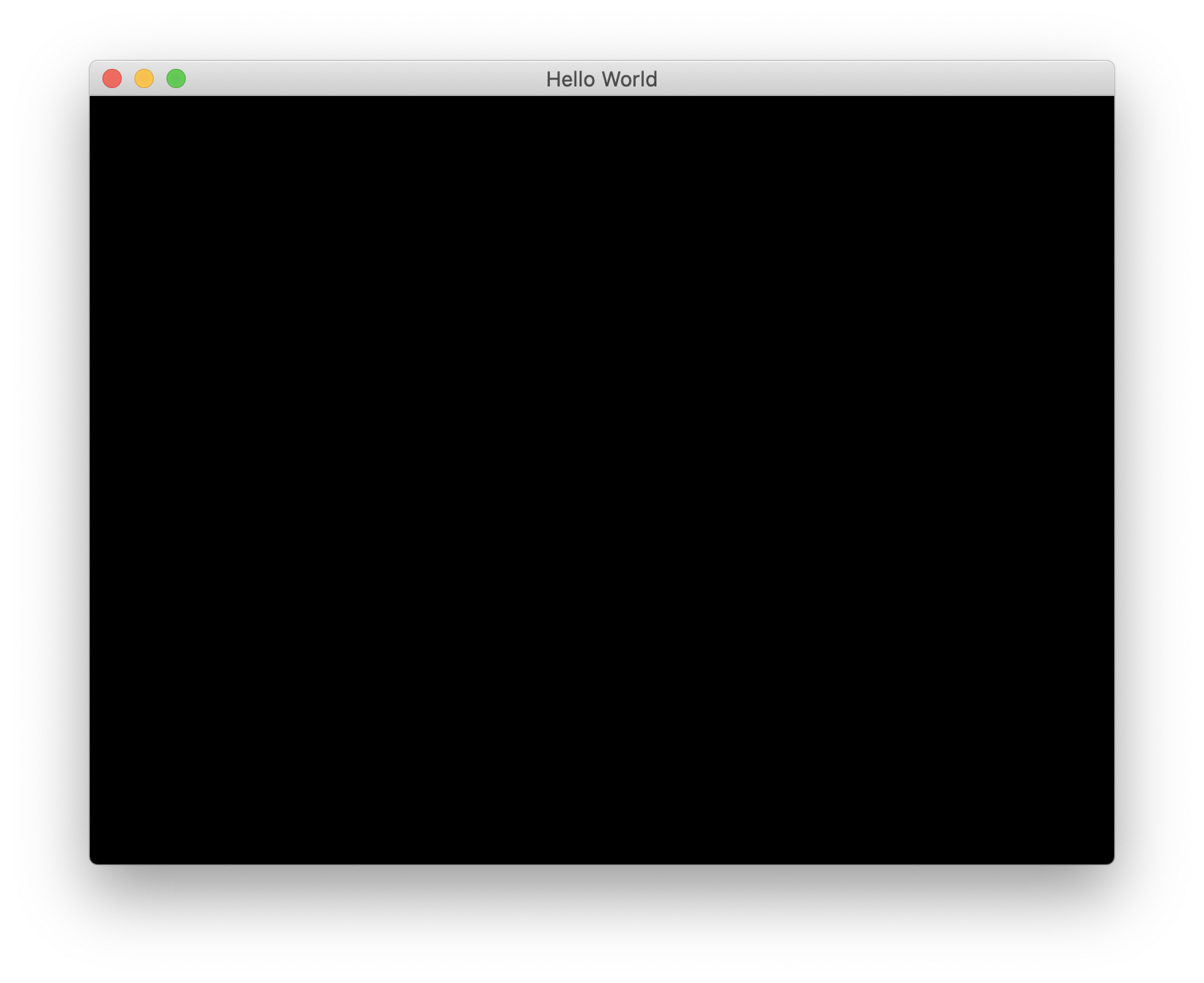
Now you will be able to play with OpenGL 🙂